Background
Ken Wlaschin was born on July 12, 1934, in Bradish, Nebraska, United States. He was a son of Bernard A. and Lucy Margie Wlaschin. He had two brothers and two sisters.
Dartmouth College, Hanover, New Hampshire, United States
In 1956 Ken Wlaschin received a Bachelor of Arts degree from Dartmouth College.
University College Dublin, Dublin, Ireland
In 1957 Ken Wlaschin obtained a Master of Arts degree from University College Dublin.
University of Poitiers, Poitiers, France
From 1959 to 1960 Ken Wlaschin attended the University of Poitiers.





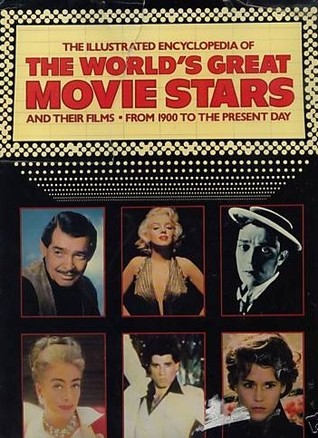
(Alphabetically arranged within sections treating silent, ...)
Alphabetically arranged within sections treating silent, classic, and modern movie stars, this volume describes each performer's life, career, and films.
https://www.amazon.com/Illustrated-Encyclopedia-Worlds-Great-Movie/dp/051753715X/?tag=2022091-20
1989
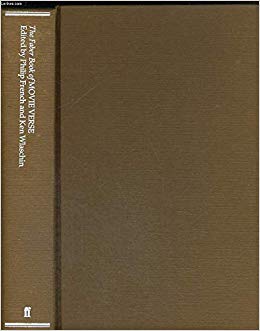
(A collection of more than 300 poems by 227 poets covers d...)
A collection of more than 300 poems by 227 poets covers different aspects of motion pictures, including film idols, going to the movies, and setting a VCR to record the late-night movie.
https://www.amazon.com/Faber-Book-Movie-Verse/dp/0571166601/?tag=2022091-20
1994
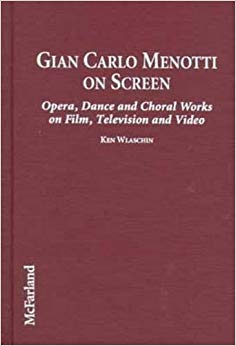
(Born in 1911 (and still working), Gian Carlo Menotti crea...)
Born in 1911 (and still working), Gian Carlo Menotti created the first television opera (Amahl and the Night Visitors), made opera successful on Broadway while winning two Pultizer Prizes (The Consul and The Saint of Bleecker Street), and founded the Spoleto Festivals in Italy and the United States. Menotti has had a magnificent career: 21 of his operas and stage works have been filmed, taped or telecast. Each chapter of this reference work covers one opera or stage work and includes a history of the work, a description of its primary screen adaptation, and a chronological listing of screen and audio versions with cast and credits. Additional chapters are devoted to Menotti's screen biographies and screen collaborators, the Spoleto Festivals, and his unfilmed operas. An annotated bibliography completes the guide.
https://www.amazon.com/Gian-Carlo-Menotti-Screen-Television/dp/0786406089/?tag=2022091-20
1999
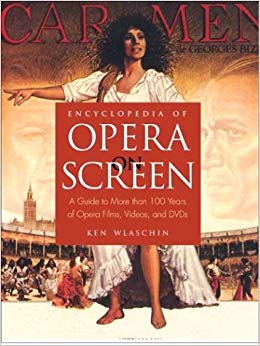
(This bountiful book is a comprehensive guide to the thous...)
This bountiful book is a comprehensive guide to the thousands of films, DVDs, and videocassettes featuring operas and opera singers from 1896 to the present. From ABC Television to Franco Zeffirelli, the encyclopedia is a storehouse of fascinating information for film and opera aficionados and casual browsers alike.
https://www.amazon.com/Encyclopedia-Opera-Screen-Guide-Videos/dp/0300102631/?tag=2022091-20
2004
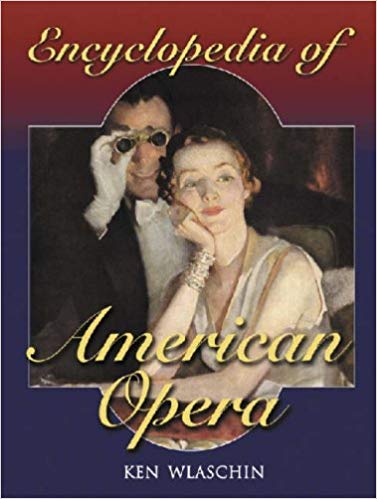
(This encyclopedia lists describes and cross-references ev...)
This encyclopedia lists describes and cross-references everything to do with American opera: works (both operas and operettas, including separate entries for the most popular arias), composers, librettists, singers, and source authors, along with relevant recordings. The approximately 1,750 entries range from ballad operas and composers of the 18th century to modern minimalists and video opera artists. Each opera entry consists of a plot, history, premiere and cast, followed by a chronological listing of recordings, movies, and videos. An introduction provides an excellent overview of the general subject of American opera. In addition to the operas and the people associated with them, the work includes entries for the American opera companies and for each of the 50 states and the District of Columbia, listing the dates and venues of all American operas performed there. Illustrations from the author's extensive collection of music and other materials round out the work.
https://www.amazon.com/Encyclopedia-American-Opera-Ken-Wlaschin/dp/0786421096/?tag=2022091-20
2006
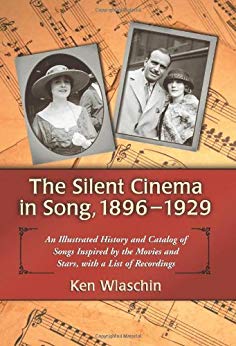
(Musical accompaniment was an important feature of the ear...)
Musical accompaniment was an important feature of the early moviegoing experience. The quality of a musical score could easily make or break silent films, and the songs sometimes became more popular than the films. At the same time, interestingly, the silent cinema became itself a major subject in popular music, inspiring a flood of songs about the films, the stars and the experience of going to the movies. Today, few of these songs are remembered. This study begins the documentation of the lost history of songs of the silent cinema. Part One, “Movies and Moviegoing,” chronologically lists and describes songs about movies and moviegoing created between 1896 and 1929. Part Two, “Movie Personalities and Their Films,” provides a brief biography of each person and a description of the songs created about them and for their films. Part Three, "Recordings," reviews the recordings of these songs and specifies their availability on 78, LP, CD, DVD, and the Internet today.
https://www.amazon.com/gp/product/B005LGR4E8/?tag=2022091-20
2008
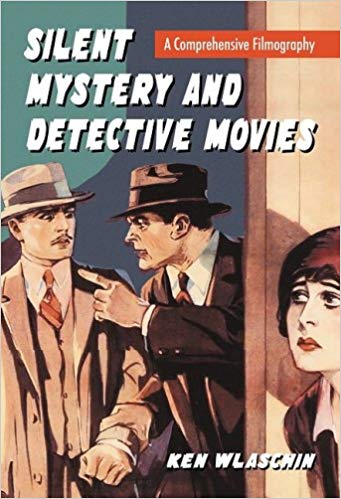
(The silent-film era was known in part for its cliffhanger...)
The silent-film era was known in part for its cliffhanger serials and air of suspense that kept audiences returning to theaters week after week. Icons such as Douglas Fairbanks, Laurel and Hardy, Lon Chaney and Harry Houdini were among those who graced the dark and shadowy screen. This encyclopedic guide to silent films with mystery and detective content lists over 1,500 titles in one of entertainment's most popular and enduring genres. While most of the examined films are from North America, mystery films from around the world are included.
https://www.amazon.com/gp/product/0786443502/?tag=2022091-20
2009
Actor historian journalist author
Ken Wlaschin was born on July 12, 1934, in Bradish, Nebraska, United States. He was a son of Bernard A. and Lucy Margie Wlaschin. He had two brothers and two sisters.
In 1956 Ken Wlaschin received a Bachelor of Arts degree from Dartmouth College. In 1957 he obtained a Master of Arts degree from University College Dublin. From 1959 to 1960 Wlaschin attended the University of Poitiers.
From 1965 to 1968 Ken Wlaschin was art and social columnist at London Daily Sketch in London, England. From 1968 to 1969 he served as a series creator at London Weekend Television. From 1969 to 1984 he was a program director of National Film Theatre and London Film Festival at British Film Institute.
From 1984 to 1986 Wlaschin was a director of Los Angeles International Film Exposition at Filmex in Los Angeles, California. From 1986 to 1993 he was a founding director of Los Angeles International Film Festival at American Film Institute, and was appointed a director of creative affairs in 1986, and was a vice-chairperson of National Center for Film and Video Preservation.
From 1986 to 1993 he was a director of the National Film Theater (now BFI Southbank) at the Kennedy Centre in Washington D.C. He was an actor in the film The Tramplers (1965), Five More (1966), and the British television movie Mo (1968), Muffled Darkness (1987).
Wlaschin also wrote or edited some 20 books, mostly on film or music subjects, but also fiction, poetry, and travel. Among his tomes were Bluff Your Way in the Cinema, The Illustrated Encyclopedia of the World’s Great Movie Stars and Their Films, Encyclopedia of Opera on Screen, Gian Carlo Menotti on Screen and Silent Mystery and Detective Movies.
(Born in 1911 (and still working), Gian Carlo Menotti crea...)
1999(This encyclopedia lists describes and cross-references ev...)
2006(A collection of more than 300 poems by 227 poets covers d...)
1994(This bountiful book is a comprehensive guide to the thous...)
2004(Alphabetically arranged within sections treating silent, ...)
1989(The silent-film era was known in part for its cliffhanger...)
2009(Musical accompaniment was an important feature of the ear...)
2008Ken Wlaschin wasn't a religious person.
Ken Wlaschin was a member of the British Academy of Film and Television Arts and British Film Institute.
On March 22, 1961, Ken Wlaschin married Maureen Kennedy Martin, a writer. They have a son, Scott.
